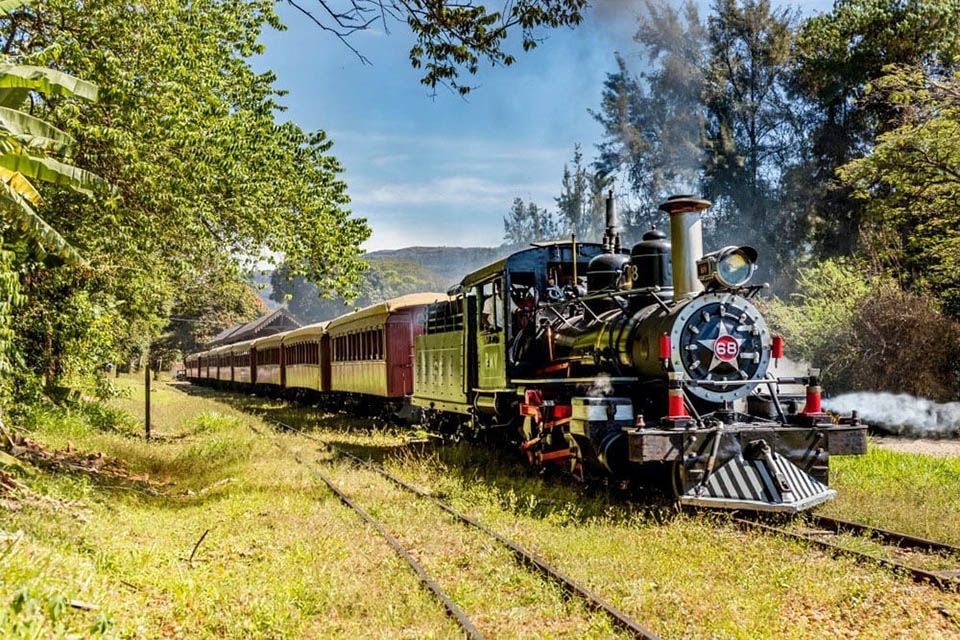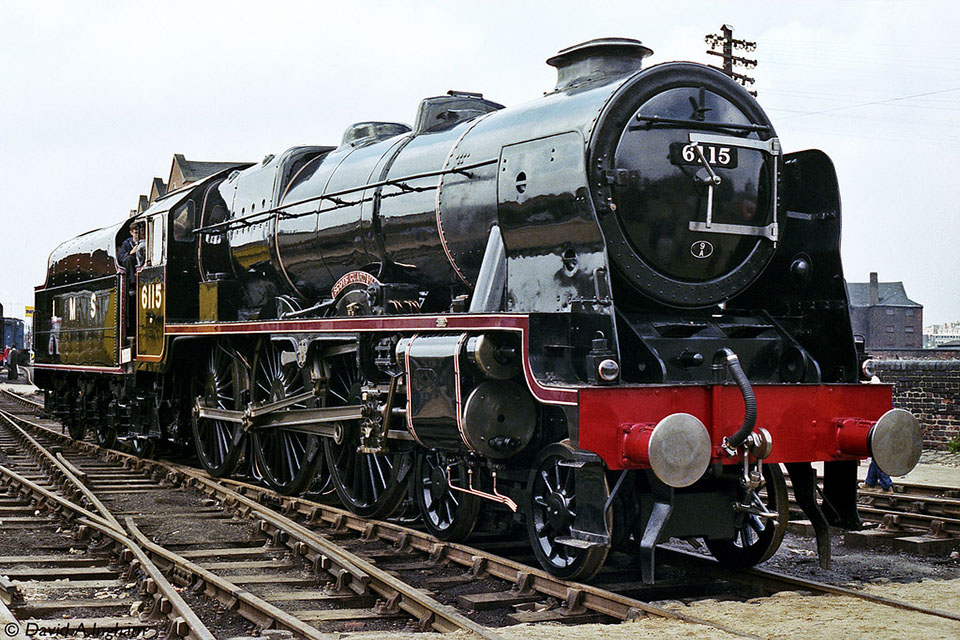
If you are over A Certain Age, you might recall that short but rather self-righteous poem by Frances Cornford entitled, rather insensitively, To a Fat Lady Seen from the Train. It was addressed to someone glimpsed from a train window who was walking through a field wearing gloves. Perhaps it was cold outside, but the sight of the gloves clearly irritated Mrs. Cornford. She wrote:
O why do you walk through the fields in gloves,
Missing so much and so much?
O fat white woman whom nobody loves,
Why do you walk through the fields in gloves,
When the grass is soft as the breast of doves
And shivering-sweet to the touch?
O why do you walk through the fields in gloves,
Missing so much and so much?
The poem was well-known in Britain and my mother was fond of quoting the last two lines. Frances Cornford was a British female poet of somewhat modest achievement whose father, the botanist Sir Francis Darwin was a son of the famous Charles. Her husband somewhat confusingly, was also named Francis.
I’ve always loved going on trains. As a teenager, I had to take a train every week for my cello lessons in a nearby town and later, as a student had to make a much longer regular train journeys from my home town to London several times a year. I think the longest train journey I made was from London to Leningrad, as it was then called. It was a trek of about 1,600 miles. It was an eventful journey because the train passed through Holland, Germany, Poland then into Russia. It was a truly international train made up of Dutch, German, Polish and Russian rolling stock. The Russian coaches, I have to admit, were somewhat grim but at least at the end of our coach there was an elaborate samovar, presided over by an ancient and rotund Russian lady of indeterminate age. During daylight hours, piped classical music was played continuously in the Russian coaches. We entered the snow-covered city of Moscow to the accompaniment of Mendelssohn’s Violin Concerto.
I’ve always felt that there’s something evocative and emotive about trains, especially those that travel by night. Few other forms of travel heighten the temporal nature of the things around us. If the train goes slowly enough, you can gaze at the locals going about their daily work, unaware of your brief but close attention. Then they pass from view and you realise that your paths in life will never run so closely again. Perhaps you’ve also felt that kind of melancholy, fleeting sense of loss.
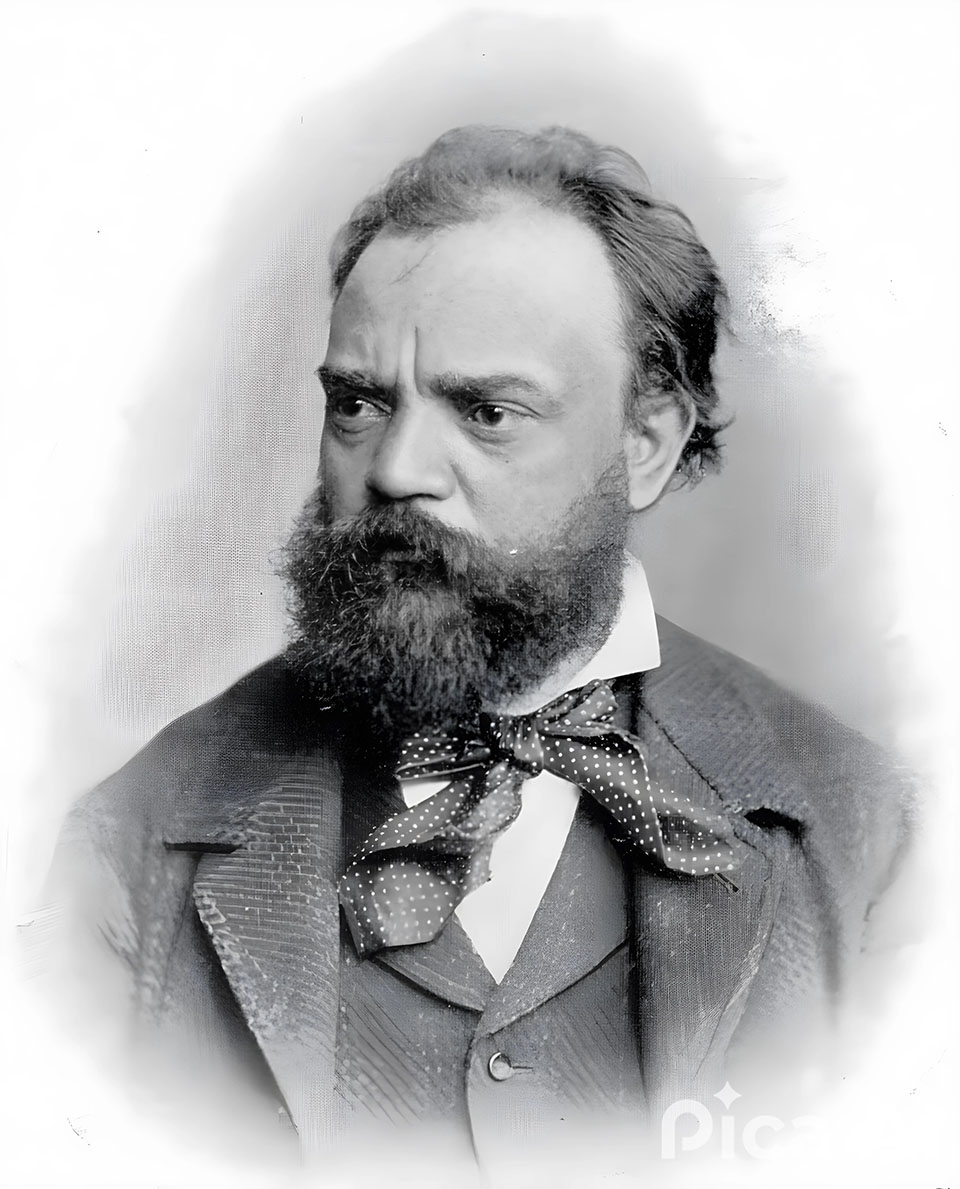
Bruckner and Dvořák both adored trains. When he was only nine years old, Antonin Dvořák became fascinated with trains when a newly opened railway line from Prague to Kralupy passed through his hometown of Nelahozeves. From then on, Dvořák never lost an opportunity to visit railway stations and enjoyed a chat with the train drivers. His accommodation in Prague was within walking distance of the Franz Josef I Station, and the composer spent a lot of his spare time there, watching the international trains arrive and depart. He even memorized the timetables. From 1892 to 1895, Dvořák was the director of the National Conservatory of Music in New York City and often visited Grand Central Station.
The composer Percy Grainger adored trains too and found them a source of inspiration. Traveling through the mountains of Italy as a teenager, he was inspired to compose a work entitled Train Music. Several other classical works have been inspired by trains. There’s a tricky piano piece by Vladimir Deshevov called Rails and the French composer Charles-Valentin Alkan wrote a fiendishly difficult piano piece called Le Chemin de Fer. It was written in 1844, only sixteen years after the appearance of Stephenson’s Rocket, perhaps a slightly optimistic name for a locomotive whose maximum speed was a stately 28 mph.
The Danish composer Hans Christian Lumbye (known affectionately as “The Strauss of the North”) wrote a jolly romp called Copenhagen Steam Railway Galop and in total contrast, there’s that haunting work entitled Different Trains by Steve Reich. It’s scored for “live” string quartet and pre-recorded speech and other sounds. The pre-recorded samples are notated the same way as the conventional instruments. There’s an excellent recording on YouTube in which you can read the rather complex score. In this work, Reich drew on childhood memories of his journeys between New York and Los Angeles during World War II. He wrote: “While the trips were exciting and romantic at the time, I now look back and think that, if I had been in Europe during this period, as a Jew I would have had to ride on very different trains.”
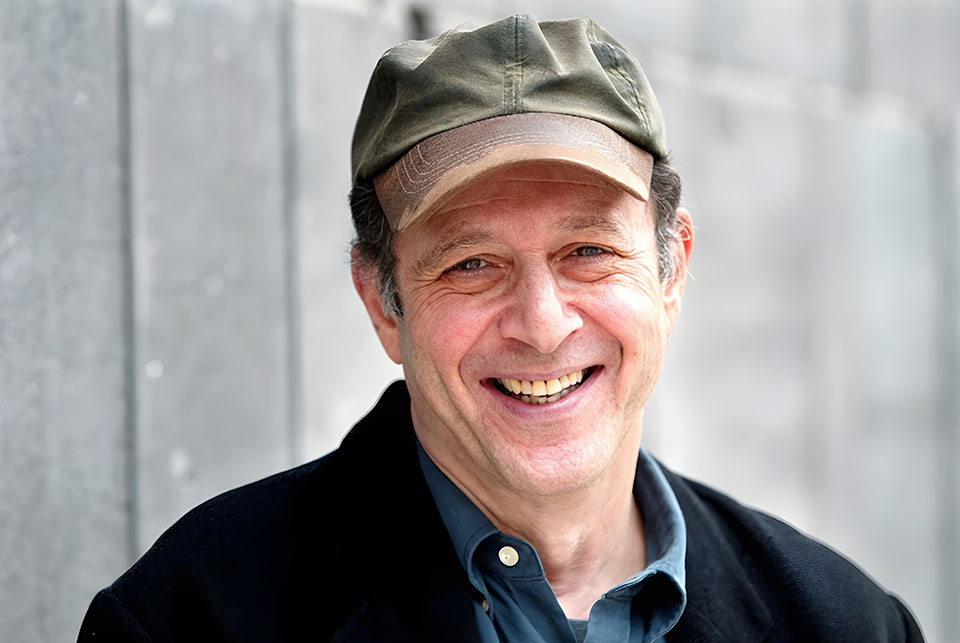
Arthur Honegger was a Swiss composer who lived much of his life in Paris. He almost worshipped trains and once famously remarked, “I have always loved locomotives passionately. For me they are living creatures and I love them as others love women or horses.” Although Honegger wrote a massive amount of music including three concertos, five symphonies and nearly twenty ballets, he’s perhaps best-known for his music about a train, or to be more exact, a locomotive.
The Pacific was an American steam locomotive introduced in 1901, and as any train buff will tell you, locomotives are usually classed by their wheel arrangement. In Britain and America, the Pacific would be designated as a 4-6-2, meaning that it has four leading wheels, six powered and coupled driving wheels and two trailing wheels. The French, being different of course, count the axles rather than the wheels, hence the numbers 2-3-1. Following its popularity in America, the Pacific type locomotive was eventually used on mainline railways all over the world.
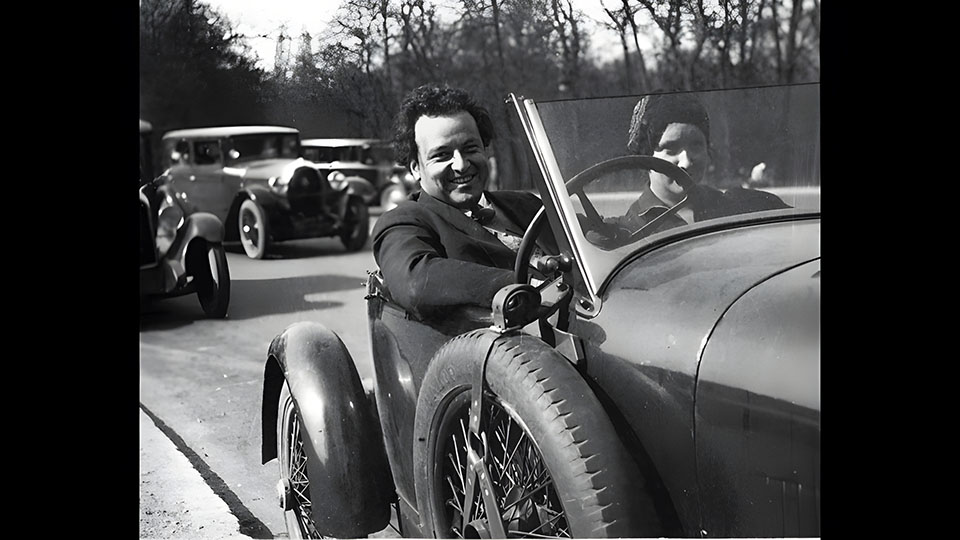
This colourful orchestral piece was written in 1923 and while it’s often interpreted as a literal depiction of a locomotive in movement, Honegger’s intentions were evidently more abstract. Instead, he wanted to focus on musical ways to represent acceleration and rhythm rather than merely imitating train sounds. It was a kind of exercise in building momentum and originally, he called it rather prosaically Mouvement Symphonique, giving it the more evocative name Pacific 231 only after it was finished.
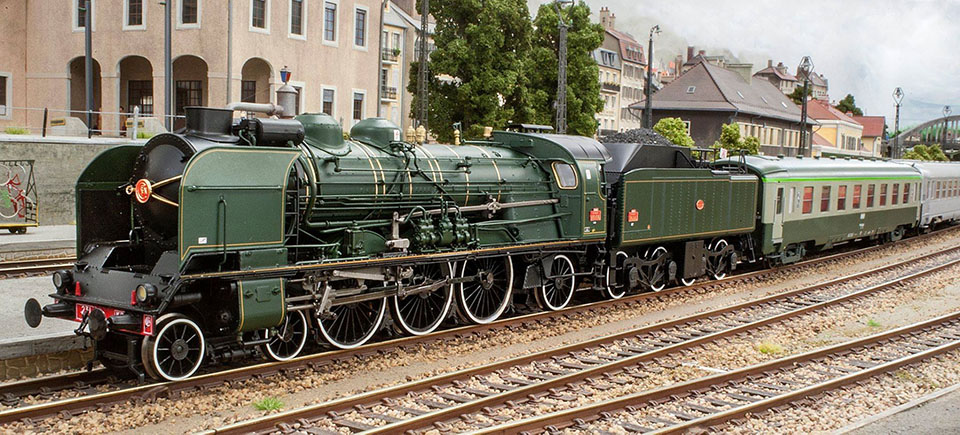
The work must have taken audiences aback with its jarring harmonies, angular melodic fragments and abrasive percussion. It certainly gives a vivid impression of a monstrous locomotive thundering down the tracks.
You might remember that classic British film Night Mail, a 1936 documentary about the mail train from London to Scotland. W. H. Auden wrote a poem for it (the film I mean, not the train) and Benjamin Britten wrote some music. It starred a locomotive known as the LMS Royal Scot Class 6115 Scots Guardsman. The locomotive (a 4-6-0, since you asked) was built in Glasgow in 1927 and having been restored several times, 6115 is still in working order and owned by West Coast Railway. And here’s an interesting connection; the film’s sound director hailed from Brazil – as does one of the best-loved pieces of train music. But this Brazilian train has little in common with Honegger’s snarling Leviathan.
Between 1930 and 1945, Villa-Lobos wrote Bachianas Brasileiras, a series of nine suites for various combinations of instruments and voices, which blended features of the European Baroque, and especially the music of Bach with folk melodies of Brazil. This charming piece is entitled Toccata and it’s the fourth movement of Bachianas Brasileiras No 2, but it’s invariably performed as a stand-alone item. It was completed in 1930 but in this suite, there are few, if any connections with the baroque, let alone Bach. The “little train” of the title refers to one of the local Brazilian steam trains, and the music contains effects that imitate the train as well as the sounds of the Brazilian countryside.
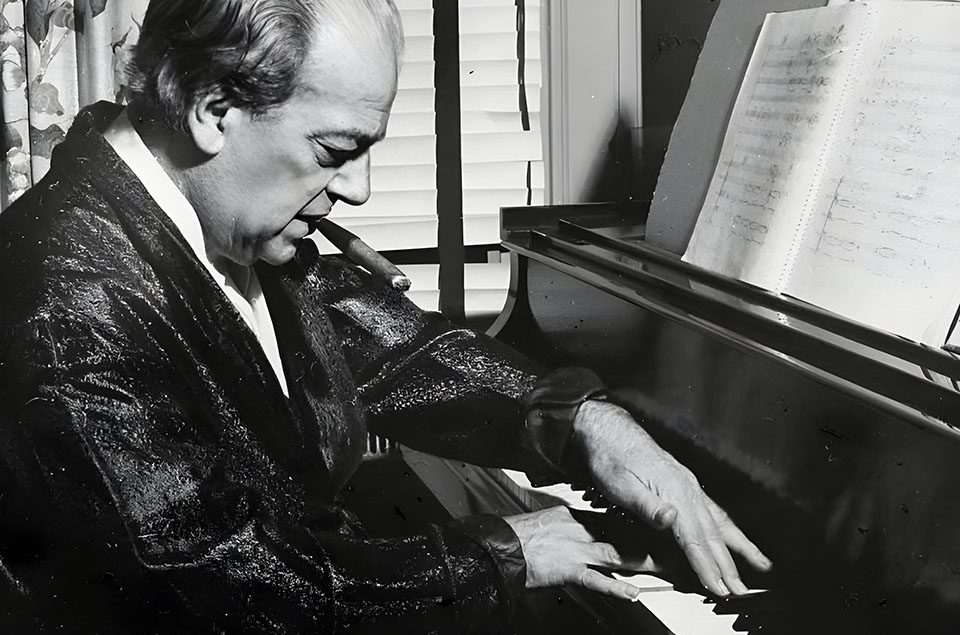
Villa-Lobos, who in adult life was rarely seen without a cigar, was an incredibly prolific composer who wrote music rapidly, and preferred to write new music rather than correct existing pieces. As a result, many of his scores contain mistakes or imprecise notation. In some case, both the score and instrumental parts are incorrect and it is not certain what the composer really intended. This work is scored for orchestra with the addition of tenor and baritone saxophones and a battery of percussion instruments including some native Latin American percussion such as the ganzá, chocalho, pandeira, reco, matraca and the caixa.
Incidentally, the English poet G. K. Chesterton, who was married to someone else called Frances, wrote an amusing rebuke to Frances Cornford’s silly poem. It was a short poem called The Fat White Woman Speaks.
Why do you rush through the field in trains,
Guessing so much and so much.
Why do you flash through the flowery meads,
Fat-head poet that nobody reads;
And why do you know such a frightful lot
About people in gloves as such?
And how the devil can you be sure,
Guessing so much and so much,
How do you know but what someone who loves
Always to see me in nice white gloves
At the end of the field you are rushing by,
Is waiting for his Old Dutch?
